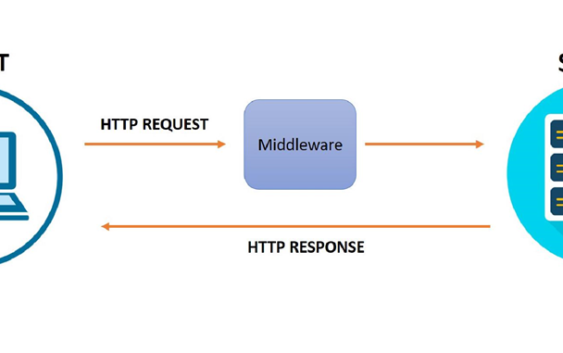- Slot Games: The Ultimate Guide to Understanding, Enjoying, and Winning on Modern and Classic Slot Machines
- La importancia de las traducciones certificadas en Guatemala
- CustomLogoJewelry: Turning Identity into Wearable Art
- Slot Games: The Thrill of the Spin
- Slot Games: The Timeless Allure of the Spin
What is Middleware?

Middleware is a software layer that sits between an operating system and the applications running on it. It provides a set of common services and functions that enable applications to interact with each other and with the underlying hardware and operating system. This allows developers to focus on building the specific features and functionality of their applications, rather than worrying about the details of how the application will work with the operating system and other applications.
One of the key benefits of middleware is that it allows applications to be built using a variety of programming languages and frameworks. This makes it easier for organizations to build and maintain complex, distributed systems, as developers can choose the tools and technologies that best fit their needs. Middleware also enables applications to communicate with each other and share data, making it possible to build distributed systems that can operate in real-time.
Examples of Middleware
There are many different types of middleware, each serving a specific purpose. Some common examples include:
Database middleware: This type of middleware enables applications to interact with a database. It provides a set of common functions and services that allow applications to query and update data in the database, without the developer having to worry about the details of how the database works.
Messaging middleware: This type of middleware enables applications to send and receive messages from each other. It provides a set of common services and functions that allow applications to send and receive messages asynchronously, without the developer having to worry about the details of how the messaging system works.
Web middleware: This type of middleware enables applications to interact with the web. It provides a set of common services and functions that allow applications to create and consume web services. Without the developer having to worry about the details of how the web works.
SnapLogic as an Example Solution
SnapLogic is a leading provider of middleware solutions. The company offers a wide range of products and services that enable organizations to build and deploy distributed systems quickly and easily.
One of SnapLogic’s key products is its Enterprise Integration Cloud platform. This platform provides a set of pre-built connectors and integrations that allow developers to quickly. And easily connect applications, data sources, and other systems. The platform also includes a visual designer that allows developers to build and test integrations without writing any code.
Another key product offered by SnapLogic is its Intelligent Integration Platform. This platform provides a set of tools and services that enable organizations to automate and optimize their integration processes. The platform includes features such as data mapping, data cleansing, and data governance. Which help organizations ensure that their data is accurate, consistent, and compliant.
In conclusion, middleware is a critical component of modern, distributed systems. It provides a set of common services and functions that enable applications to interact with each other and with the underlying hardware and operating system. SnapLogic is a leading provider of middleware solutions, offering a range of products and services. That help organizations build and deploy distributed systems quickly and easily.
